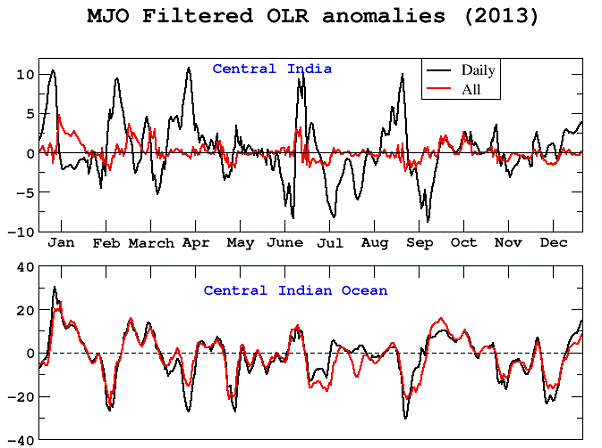Scientist Profile

Dr. Avijit Dey
Designation
: Scientist D
Phone
: (020) 25904546 (O)
Fax
: (020) 25865142
Email ID
: avijit[at]tropmet[dot]res[dot]in
| Degree | University | Year | Stream |
|---|---|---|---|
| Ph.D. | Savitribai Phule Pune University | 2022 | Atmospheric And Space Sciences |
| M.Sc. | Pondicherry University | 2012 | Physics |
| B.Sc.(Hons) | University of Calcutta | 2010 | Physics |
 Intra-seasonal Oscillation of Indian Summer Monsoon
Intra-seasonal Oscillation of Indian Summer Monsoon
 Predictability of Indian Summer Monsoon Rainfall
Predictability of Indian Summer Monsoon Rainfall
 Extended range prediction
Extended range prediction
| Award Name | Awarded By | Awarded For | Year |
|---|---|---|---|
| Certificate of Merit-2024 | Indian Institute of Tropical Meteorology, Pune | Outstanding contribution to Weather and Climate Science | 2024 |
| 30th Biennial MAUSAM Award | Quarterly Research Journal MAUSAM | - | 2018-2019 |
| INSPIRE Scholarship | Department of Science & Technology (DST), Govt. of India | For being in the top 1% in School leaving examination | 2011 |
| Year | Designation | Institute |
|---|---|---|
| 2022-Present | Scientist D | Indian Institute of Tropical Meteorology, Pune |
| 2018-2021 | Scientist C | Indian Institute of Tropical Meteorology, Pune |
| 2014-2017 | Scientist B | Indian Institute of Tropical Meteorology, Pune, India |
| 2012-2013 | Trainee Scientist | Indian Institute of Tropical Meteorology, Pune, India |
Research Highlight

MJO Diagnostics for Extended Range Prediction and Simulation in IITM CFSv2
Reconstructed OLR anomalies over Central India and Indian Ocean. Black curve based on lagged phase composite method (previous 45 and forward 45 days of current day), takes seasonality into account and red curve based on simple phase composite method (considering all the days of the year).
Conclusion: The main advantages of the proposed EEOF based system are:
(a) Smoother propagation of convection associated with MJO, which would be useful for real-time applications
(b) Pre-filtering of data is kept to minimum and yet tracks of smooth MJO propagation could be obtained. This method could be directly used for comparison of model Forecast.
(c) MJO filtering could be done for any space-time data and not only with the variable used in filtering
(d) long model integrations are not required for tracking the model generated MJO
(e) MJO and the boreal summer intraseasonal oscillations could be treated with a uniform framework.


